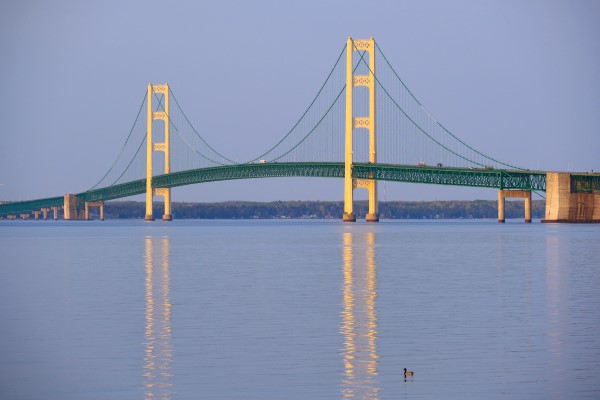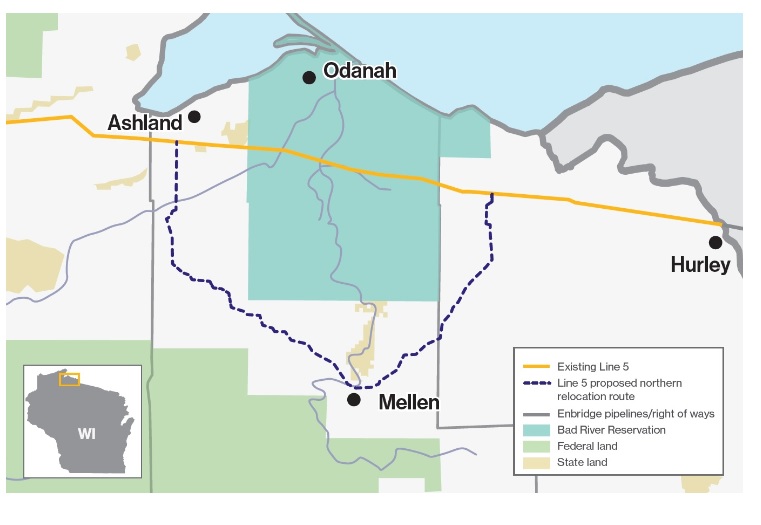August 2023, Vol. 250, No. 8
Editor's Notebook
Editor’s Notebook: Is Rerouting Line 5 the Best Option?
By Michael Reed, Editor-in-Chief
(P&GJ) — In a ruling that could be interpreted as a split decision, a U.S. District Court judge has told Enbridge it can continue to operate its Line 5 pipeline through an indigenous people’s territory but must relocate a portion of the line by 2026.
Enbridge, which plans to appeal, had asked for clarification from the court, but Judge William Conley wrote in his ruling that while the line can remain in service, “on parcels where it lacks a valid right-of-way,” it must share profits with the band and vacate the property on June 16, 2026.
Records show the easement allowing the pipeline to use the land expired in 2013. The tribe has claimed an incident involving the pipeline would threaten vital fishing waters, underground aquifers and the wild rice habitat.
In rationalizing his decision, Conley said, an immediate shutdown could lead to price hikes and shortages of supply in the U.S., which is why he ordered the Canadian company “to adopt a more conservative shutdown and purge plan.”
The 645-mile Line 5, a vital link to propane and other energy supplies for the upper Midwest, has been operating across northern Wisconsin since 1953 and transports 540,000 boe/d of light crude, synthetic crude and NGLs to a regional network.
In response to a 2019 court challenge by the Bad River Band of Lank Superior Chippewa, Enbridge had already put forward a plan that would eliminate a 12-mile (19-km) section of Line 5 on the Chippewa land and replace it with 41 miles (66 km) of pipeline outside of the reservation.
Federal approvals for the plan have not yet been issued. The Wisconsin Department of Natural Resources and the U.S. Army Corps of Engineers are expected to issue final reviews of the rerouting plan’s timeline in 2025, with the relocation effort likely to require a year for construction. On the surface, this would seem to be an extremely tight schedule, given all the variables that will be at play.
In 2022, the same judge ruled the pipeline was trespassing and said “significant erosion” could cause a rupture to the line, but that was unlikely. However, he told the two sides to produce a shutdown plan, nonetheless.
Pipeline and Hazardous Materials Safety Administration (PHMSA) records show there have been no spills on the Wisconsin portion of the pipeline during the past 15 years, according to Reuters. Of the three incidents on Line 5 in Wisconsin, the two most recent occurred in 1992 and 2002, taking place in Enbridge’s Superior Terminal, where both were contained.
Line 5 has been at the center of a myriad of legal battles in recent years, which have involved, by my count, no less than two U.S. states, two countries, a Native American tribe, several regional entities and the invocation of an international treaty by Canada’s Foreign Ministry Department – not once, but twice.
All of this amounts to considerable uncertainty for a pipeline that ships so much crude oil and refining products from Superior, Wisconsin, to Sarnia, Ontario, Canada.
It seems that after all this time, the rerouting of a portion of this vital route is the most pragmatic solution available – and at this point, probably the least expensive, all things considered.







Comments